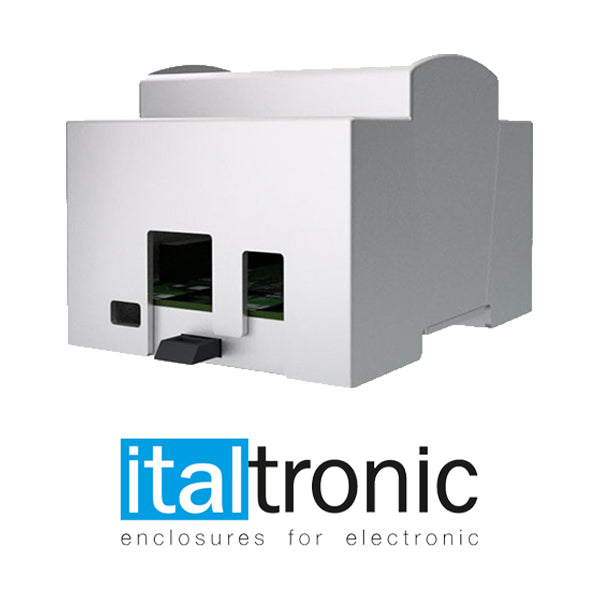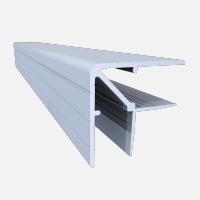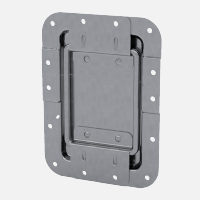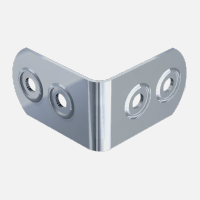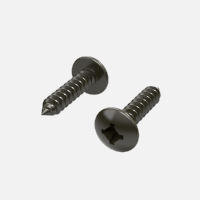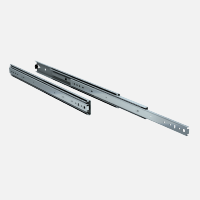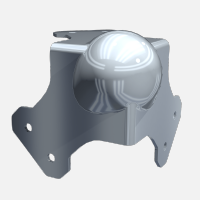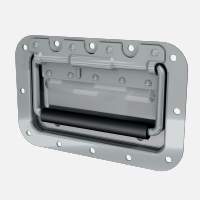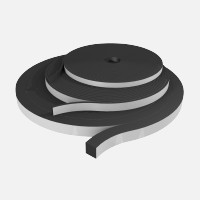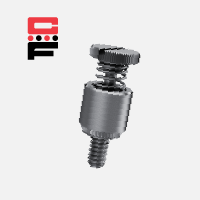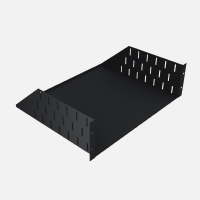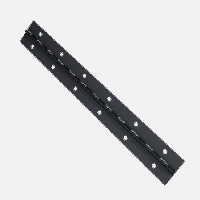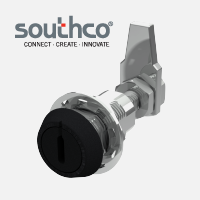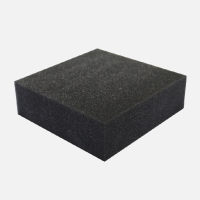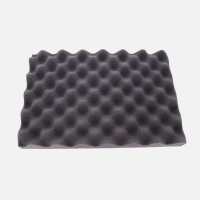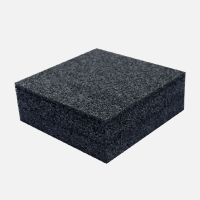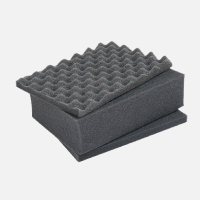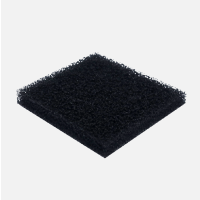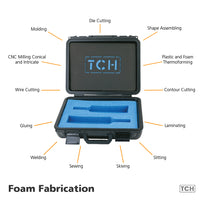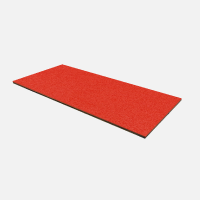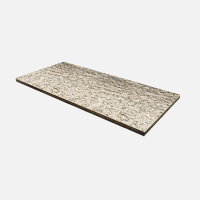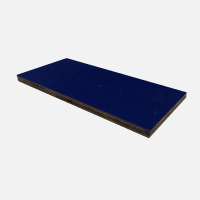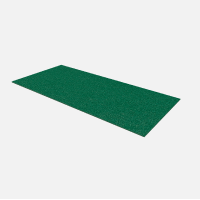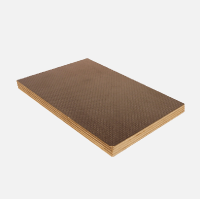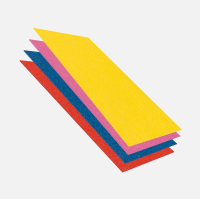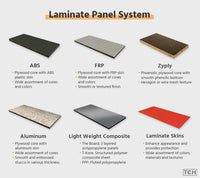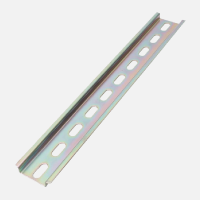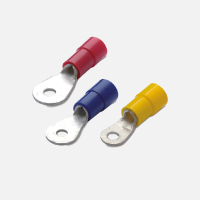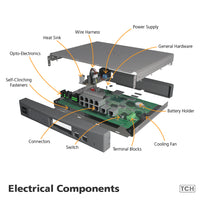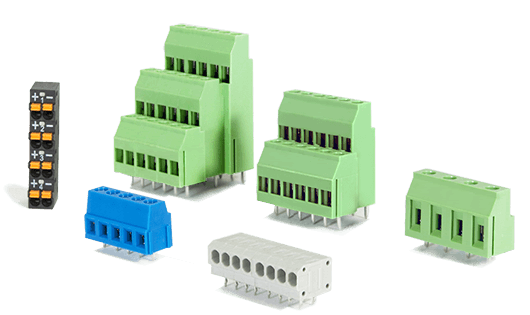The picture was provided by Dinkle manufacturing.
What Is A Terminal Block?
A terminal block, also known as a connection block or terminal strip, is an essential component in electrical engineering. It is a device that uses multiple means of clamping, for example, screw terminals, cage clamps, spring-loaded clamps, and the newest is called a push-in (a more recent version of the spring clamp or clamps used to connect wires in an electrical circuit). These connectors simplify connecting wires and make changing or modifying connections easier.
The primary function of a terminal block is to provide a safe and secure way to connect wires. The partnership is typically made of durable, non-conductive material, such as plastic or ceramic. The league has metal clamps or screws that provide the electrical connection. Typically, terminal blocks are simple in design and only have a few components; Plastic or ceramic housing, metal cage, screws or spring-loaded cage, and Busbar or PCB pin. The wires are inserted into the clamps and then tightened to ensure a solid Electrical connection.
One of the key advantages of using a terminal block is that it allows for easy modification of an electrical circuit. If a wire needs to be added or removed, it can be done quickly and easily without splicing or cutting any wires. This makes it easier to troubleshoot issues and make changes as needed.
Another advantage of terminal blocks is that it offers the user a safety-approved way of making electrical connections. Only approved connectors should be used. For example, the most common agencies are UL, CSA, and VDE, and they should conform to RoHS and Reach standards.
TCH is an authorized distributor of Dinkle, Oupiin, Tinali, Conta Clip, and Regal Electronics terminal blocks. Products are of utmost quality and are industry compliant.
Different Types Of Terminal Blocks:
Several types of terminal blocks are available, each with unique features and benefits. Some common types include:
Barrier terminal blocks:
It has a plastic barrier between the clamps to prevent wires from accidentally touching each other. It consists of a screw, quick connect, solder tab, turret, wire wrap, or threaded stud positions arranged in a continuous strip. Each class is fully insulated from the other parts.
Screw terminal blocks:
It has screws to clamp down on the wire and provide the electrical connection. The most commonly used method for reference is the screw terminal block.
PCB terminal blocks:
PCB terminal blocks are designed to be mounted directly onto a printed circuit board (PCB). It allows for easy connection of wires to the PCB Terminal blocks to secure and terminate wires. Its simplest form consists of several individual terminals arranged in a long strip.
Din Rail terminal block:
DIN rail terminal blocks are made from plastic or other insulating materials. It provides a safe interface between different components on and sections of the DIN rail. It offers various connection methods and complements the complete range of accessories. These types of terminal blocks are ideal for industrial power distribution equipment and control panel wiring applications.
Pluggable:
A pluggable terminal block is an electrical connector designed to provide a secure and removable connection for electrical wires or cables. It consists of a series of metal connectors arranged in a plastic housing, which allows wires to be inserted and held in place by a clamping mechanism.
Clear Indication of wires:
Different types of marking assist
Material:
Industrial grade (PA) material is used for insulation in most cases, other material can be used. Typical is Polyamide PA 6.6 UL94V0, V1 and V2, Other option exist for high temp applications.
Easy molding and excellent tensile strength
Superior insulation ability
Heat resistant
Low moisture absorption
